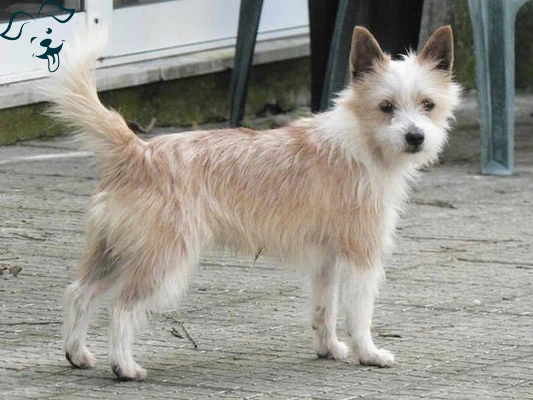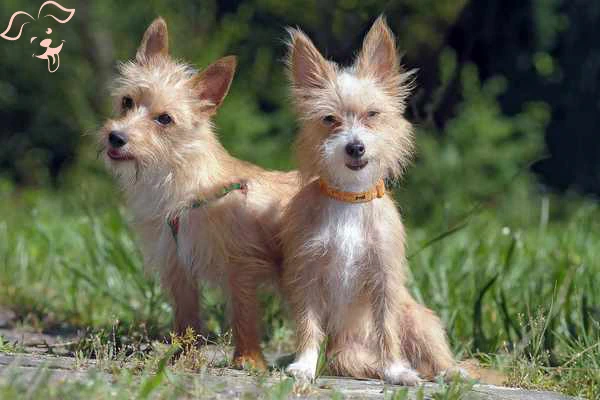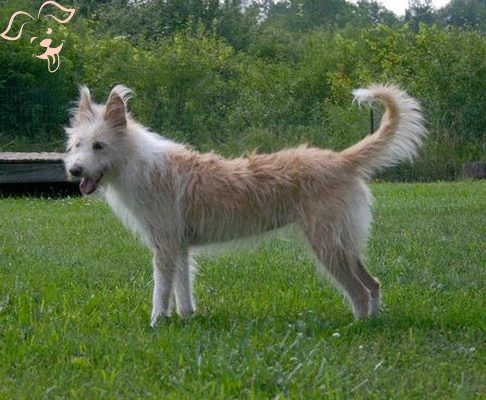CARING WITH FAMILY
|
| The level of fondness a breed is expected to display towards family members or acquaintances they are familiar with varies. Certain breeds may seem distant and uninvolved with everyone except their owner, whereas other breeds have a tendency to treat all those they are acquainted with as if they were their closest confidant. |
LOVE WITH CHILDREN
Unwise
Good With Children
|
| The extent to which a breed can tolerate and be patient with children's behavior, as well as its overall family-friendly nature is an important consideration. It is essential to supervise dogs around young children or children of any age who have limited experience with dogs. |
BEHAVIOR WITH DOGS
Unwise
Good With Other Dogs
|
| The inherent friendliness of a breed towards other dogs is an important factor to consider. While all dog interactions and introductions should be supervised certain breeds have a natural inclination to get along well with other dogs both within the home and in public settings. |
SHEDDING LEVELS & MANAGEMENT
No Shedding
Hair Everywhere
|
| The amount of fur and hair a breed is prone to shedding is a significant aspect to keep in mind. Breeds that shed heavily will require more frequent brushing, are more likely to trigger specific allergies and will necessitate consistent vacuuming and lint-rolling to maintain cleanliness. |
COAT GROOMING STANDARDS
|
| The regularity of bathing, brushing, trimming, and other coat maintenance tasks varies among breeds. It's crucial to consider the time, patience and budget you have available for such care when assessing the grooming requirements. Additionally, it's important to note that all breeds require regular nail trimming. |
DROOLING INTENSITY
Less Likely to Drool
Always Have a Towel
|
| The tendency of a breed to drool is a factor worth considering. If you prioritize cleanliness breeds that have a propensity to leave ropes of slobber on your arm or create noticeable wet spots on your clothes may not be the most suitable choice for you. |
COAT STYLES GUIDE |
| Wiry, Smooth |
| COAT SPECTRUM |
| Short |
FRIENDLINESS
Reserved
Everyone Is My Best Friend
|
| The level of receptiveness a breed typically shows towards strangers is an important aspect to consider. Some breeds tend to be reserved or cautious around all unfamiliar individuals regardless of the setting. On the other hand, certain breeds are generally joyful and eager to greet new humans whenever the opportunity arises! |
LIVELINESS
Only When You Want To Play
Non-Stop
|
| The level of enthusiasm a breed typically exhibits towards play, even beyond puppyhood, is a noteworthy consideration. Some breeds show a continuous desire to engage in activities like tug-of-war or fetch well into their adult years. Conversely, other breeds are content with spending most of their time relaxing on the couch with you rather than actively participating in play. |
VIGILANCE INTENSITY
What's Mine Is Yours
Vigilant
|
| The inclination of a breed to alert you about the presence of strangers is a characteristic worth noting. Certain breeds are more likely to react to any perceived threat whether it's the arrival of the mailman or the sight of a squirrel outside the window. These breeds are also prone to warming up to strangers who enter the house and are accepted by their family. |
ADAPTATION CAPACITY
Lives For Routine
Highly Adaptable
|
| The adaptability of a breed to handle change is an important factor to consider. This encompasses the breed's ability to adjust to variations in living conditions, noise levels, weather conditions, daily schedules and other day-to-day life changes. It's important to assess a breed's predisposition to handle such variability when selecting a dog that will fit well into your lifestyle. |
OBEDIENCE LEVEL
Self-Willed
Eager to Please
|
| The ease of training and the willingness of a dog to learn new things are crucial considerations. Certain breeds are inherently motivated to make their owners proud and are more receptive to training. Conversely, some breeds have a tendency to prioritize their independence and may prefer to do as they please when and wherever they wish. |
STAMINA LEVEL
|
| The amount of exercise and mental stimulation a breed requires is an important factor to consider. High-energy breeds are typically enthusiastic and always ready for the next adventure. They thrive on activities such as running, jumping and playing throughout the day. On the other hand, low-energy breeds are more relaxed and content with simply lounging around and taking it easy. Matching a dog's exercise and mental stimulation needs to your own lifestyle is crucial for their overall well-being. |
VOCALIZATION
|
| Medium |
LEARNING CURIOSITY LEVEL
Happy to Lounge
Needs a Job or Activity
|
| The mental stimulation requirements of a breed are essential for their overall happiness and well-being. Purpose-bred dogs, in particular, may have jobs that involve decision-making, problem-solving, concentration, and other cognitive tasks. Without sufficient mental exercise they may become bored and create their own activities, which may not always align with what their owners desire. |
| COLORS |
|
Description
|
Registration Code
|
|
Yellow
|
232
|
|
Fawn
|
082
|
|
Chestnut
|
070
|
|
Gray
|
100
|
|
Gold
|
091
|
|
Red
|
140
|
|
Orange
|
133
|
|
White & Black
|
202
|
|
White & Gray
|
210
|
|
White & Orange
|
213
|
|
White & Red
|
214
|
|
White & Fawn
|
207
|
|
White & Gold
|
208
|
|
White & Yellow
|
501
|
|
White & Chestnut
|
499
|
|
| PATTERNS |
|
Description
|
Registration Code
|
|
White Markings
|
014
|
|






























FRIENDLINESS
LIVELINESS
VIGILANCE INTENSITY
ADAPTATION CAPACITY